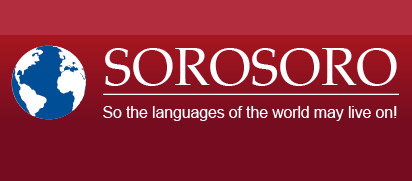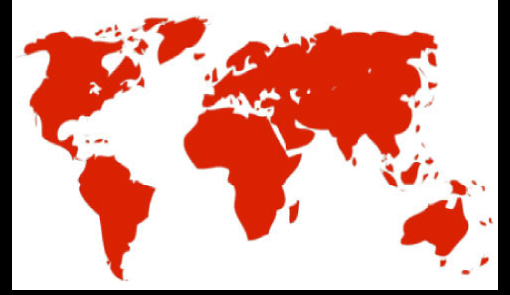Print  |
|


The « symbol »
Posted by Rozenn Milin on October 21, 2009
This week in our online videos you can listen to the testimonies of a number of individuals from Gabon who describe how their languages began to decline.
Kwenzi Mickala, the mayor of Tchibanga in the south of the country and a speaker of Punu, is one of those individuals. After receiving a translated copy of his interview, I was not surprised to hear him talking about the “symbol.” For most people this word does not carry any special significance, but for those who grew up speaking minority languages the term has a different meaning.
From the 19th century to the early part of the 20th century, the “symbol” was an object intended to shame a child caught speaking his or her native language at school or in the playground. The teacher would force the child to wear the symbol around his or her neck until another child was caught speaking a native language when the symbol would then be passed to that child. At the end of the day, the child with the symbol around his or her neck was punished either with extra homework, physical punishment or simply mockery.
This method was also used in Ireland to eradicate Gaelic, in Wales to snuff out Welsh, in different parts of France, and of course in European colonies throughout the world. The intended goal was to assimilate the natives.
In Brittany, the “symbol” worn around the child’s neck was either a penny (sou percé), a horse’s hoof made of wood, or a cow’s tail (from the Breton “ar vuoc’h” or “cow” in English). Kewnzi Mickala mentions that growing up in the south of Gabon, thousands of kilometers from Brittany, the “symbol” was sometimes a monkey’s head!
With a high degree of regularity, from one continent to another, from one population to another, the “symbol” was an object designed to humiliate those forced to wear it.
Today, it is easy to wonder how a seemingly honorable principle – mandatory education – could have, with ideas like the “symbol”, strayed so far from the founding values of the French Republic: “Liberty, Equality, Fraternity.”
You can watch the video in French on the webiste and on youtube.








